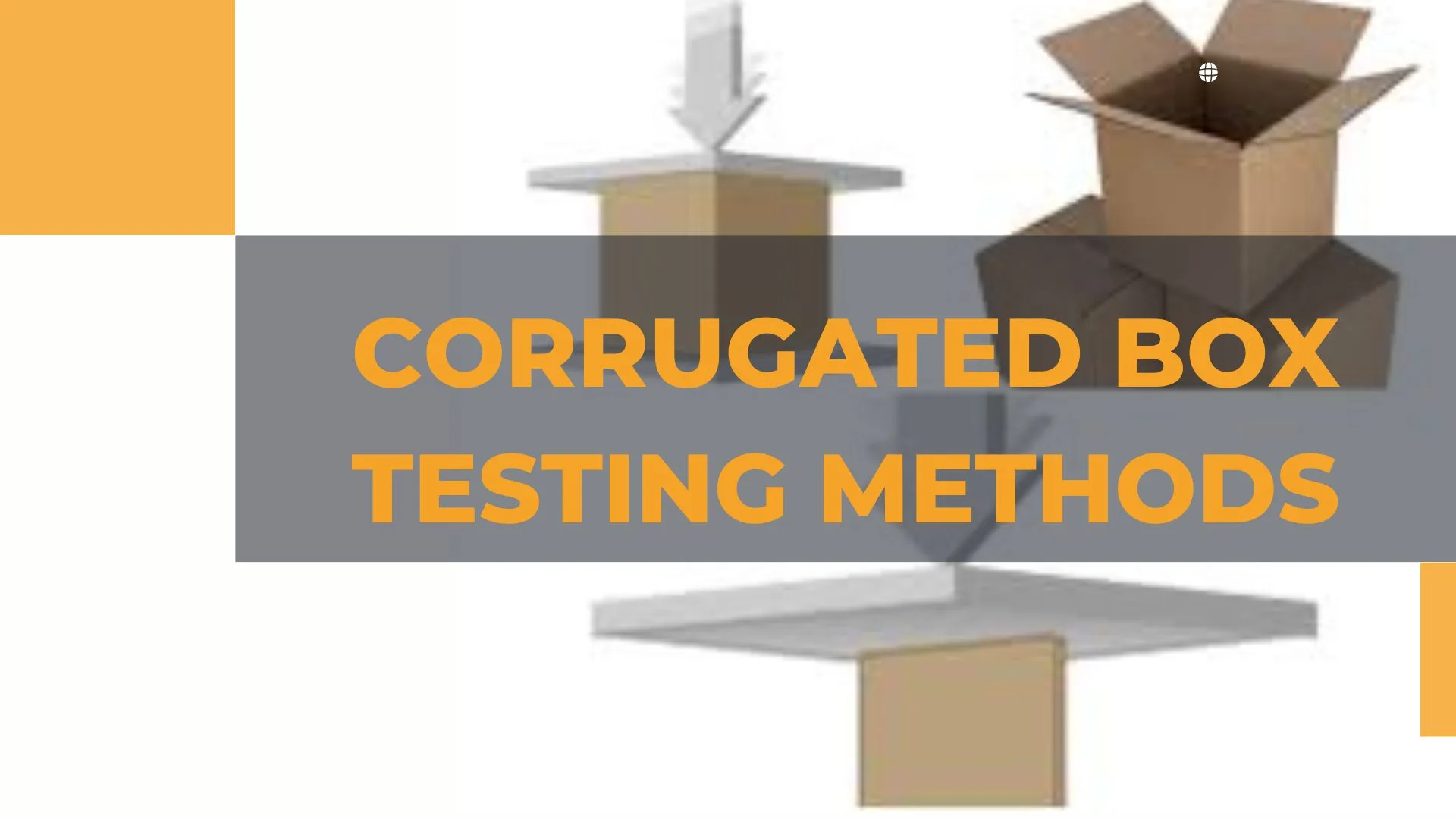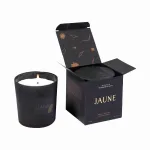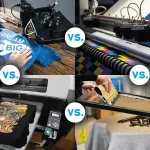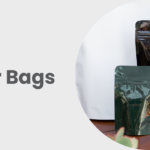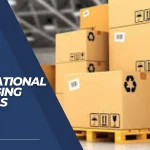Elegance plays a key role in packaging design when giving buyers a positive first impression of your items. It’s not enough to have a nice design, though. The practicality of packaging is greatly influenced by the quality of your packaging, including its longevity, sturdiness, and structural integrity. After all, your shipment will certainly experience the varied and challenging circumstances of transportation before it reaches your client when you ship your items to customers.
The packaging industry uses cardboard as the main material to package most products. To gauge the calibre of your packaging, you may conduct various tests on the boxes you use for packaging. The distinct types of packing tests that you or your supplier may do are covered in this essay.
Edge Crush Test (ECT)
The Edge Crush Test, or ECT, gauges how much pressure a corrugated material can withstand before being crushed. This is crucial since the shipping carton’s corners and edges are primarily responsible for holding it upright and must be sturdy enough to support the weight of stacks of cartons.
Your corrugated material is squeezed at various pressures and vertically between the machines. ECT is expressed as an ECT rating measured in pounds per inch. Single-wall corrugated boxes typically have an ECT rating of 32 and are appropriate for most light to medium-weight items. An ECT rating of 32 indicates that a corrugated box can support a stack weighing up to 65 pounds.
ECT estimates a box’s strength when it is stacked and delivered on a pallet. Additionally, a corrugated box with an ECT rating utilizes less material to offer an identical amount of strength to a box with a Burst Test rating. Therefore, buying ECT-rated cartons in bulk is more cost-effective and less wasteful.
It is crucial to note that the statistics shown above—the total strength of a box—could change depending on the characteristics of each corrugated sheet. Therefore, understanding the type of corrugation is crucial before making a choice.
Burst Test (Mullen Burst Test)
The Mullen Test calculates the force needed to rupture the corrugated or paperboard primary structure. This is crucial because it informs you of the weight and forces your box can support when thrown around, which is likely to happen with carriers and their rough handling of products.
To determine how much force your corrugated packaging can endure before exploding, a little piece of material is placed flat between a machine and a small rubber ball. Burst tests are quantified as a box rating and expressed in pounds per square inch. For instance, a box with a 500# rating may endure 500 pounds per square inch of force before exploding.
This test applies pressure to the corrugated box’s walls until they rupture using a rubber diaphragm. Using hydraulics, the diaphragm is extended, and as it does, the corrugated board breaks under pressure.
Kilograms per square centimetre is the unit used to express the bursting strength. A thousand times, the bursting strength divided by the board’s grammage is the burst factor.
Bursting factor = Bursting strength (kg/cm2) x 1000/Grammage (gm/m2)
Packaging Moisture Level Test
Moisture is present throughout some stages of manufacture, such as printing and gluing. This indicates that more time may be allotted for drying your packaging or corrugated boxes due to the high humidity levels in which your packaging boxes may be manufactured.
Because of this, using a moisture meter is one way to check the amount of moisture in your package. If your boxes require extra time to dry, a moisture meter can tell you how much moisture is present in the material. Moisture levels should, as a general rule, not exceed 25%. (The lower, the better).
It could seem flimsier for packaging with high moisture content, but this might not mean your box is weaker. You may do the Mullen’s test (also known as burst tests) for this to accurately gauge how sturdy your packaging is. Take your boxes out of the shipping carton and allow them time to dry out if you notice they seem fragile.
Cobb Sizing Tester
Corrugated fiberboards are made from a raw material that has the propensity to absorb and hold water. A Cobb Sizing tester is applied to measure how much water is absorbed.
Corrugated fiberboard is first exposed to water in this test. After that, pressure is used to force the sample’s water out. Typically, despite the board being crushed by a powerful steel roller, not all of the water is removed, depending on the quality. The Cobb value is the weight differential brought on by the retained water.
The better the water resistance, the lower the Cobb value. The Cobb test is necessary for some certifications, particularly those requiring packaging for hazardous materials.
Scuff Resistance Test
Packaging includes printing as a key component. When using various printing techniques, it’s crucial to assess how well labels or prints can withstand scratching or abrasion. Scuff resistance or rub proof tests are used for this purpose. The Sutherland Rub Test is a type of testing that is commonly used in the business. This method is used to test coated surfaces like paper, films, paperboards, and any other printed materials.
There are more corrugated box testing techniques available to evaluate abrasion resistance. These include manual wiping and even rotary abrasion tests. Scuff Resistance testing is particularly crucial for the pharmaceutical and medical sectors, where label legibility is crucial.
Box Compression Test
The box compression test sometimes referred to as the container compression test, measures the amount of stress the box can support before deforming and the degree of that deformation. It indicates how many boxes can be stacked on top of one another without the lower box’s contents being harmed. Most companies that move boxes in bulk need this test, which is essential to determining the strength of boxes.
Different angles are examined using the boxes. Such considerations are also made if the box design uses inside supports like corrugated board cushioning or wood support.
The McKee formula, which takes into consideration the numbers for the Edge Crush Test (ECT), Caliper or corrugated board thickness (CBT), and box perimeter (P), may also be used to determine the compressive strength of a corrugated box.
As per the McKee formula: Compression Strength = 5.874 * ECT * CBT0.508 * P0.492

